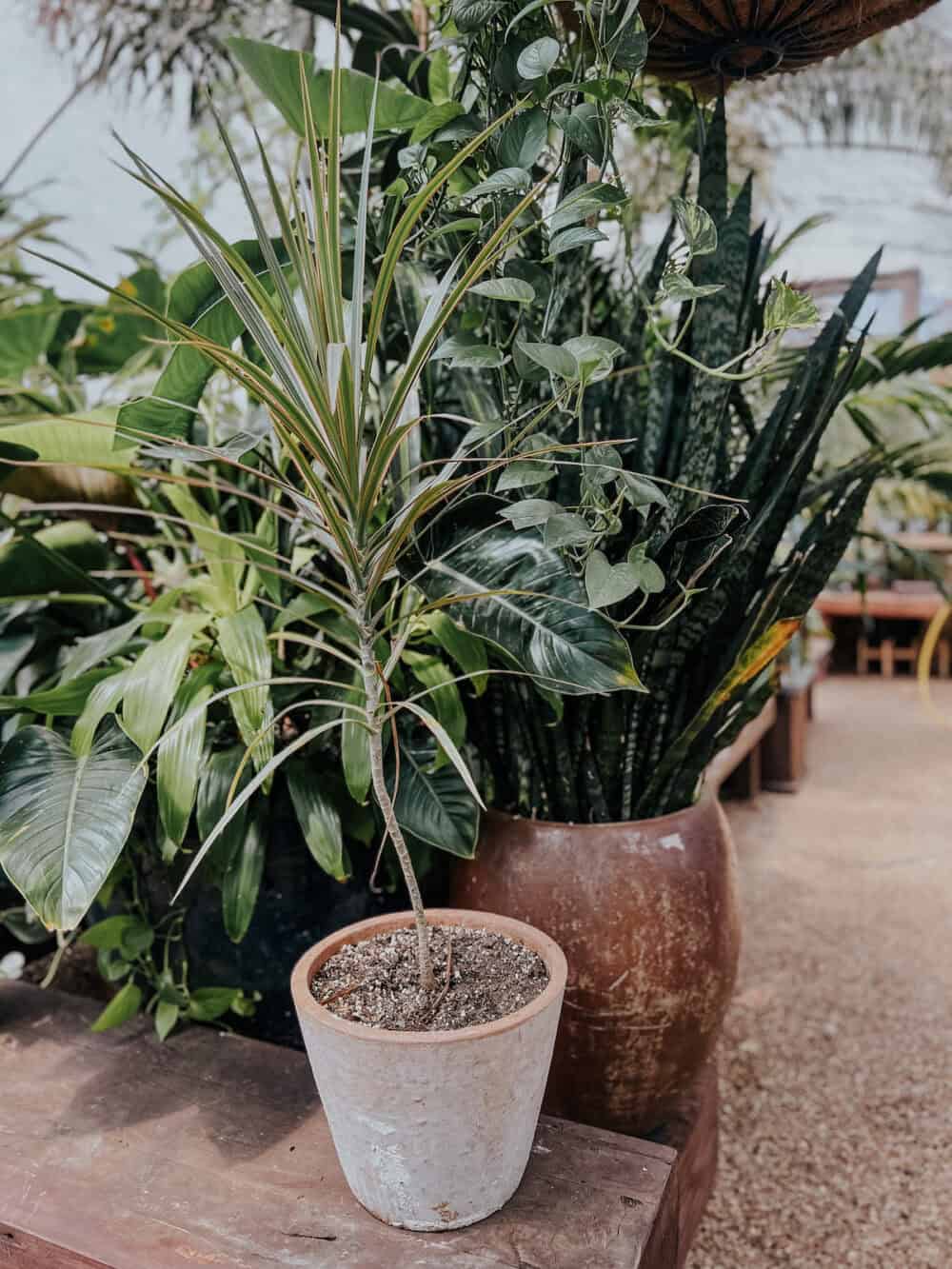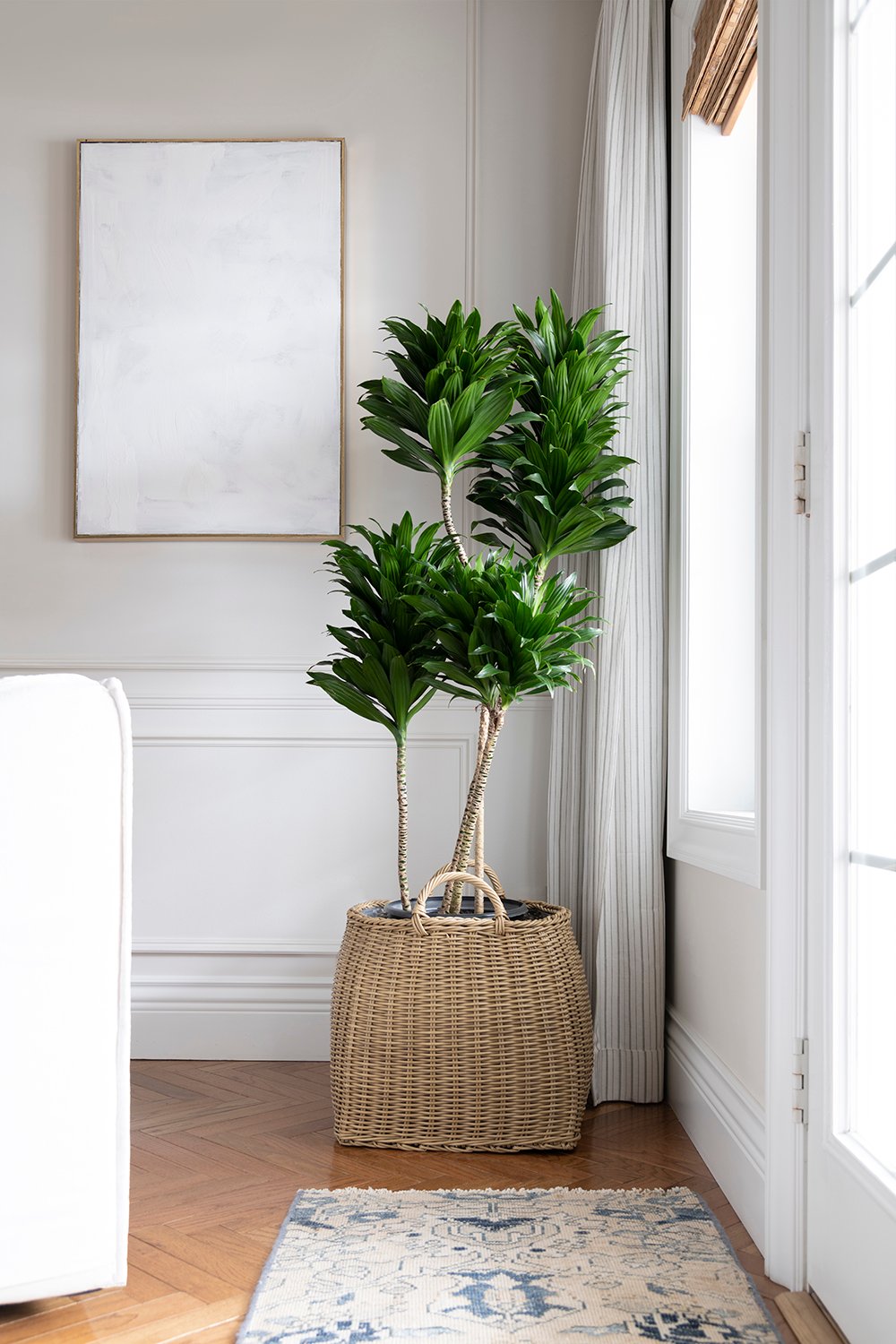Transform Your Home With Beautiful Low-Light Indoor Plants and Their Advantages
Incorporating low-light indoor plants into your home can dramatically improve both the visual and ecological quality of your home. These plants, which prosper in dim problems, serve not only as decorative elements however likewise as natural air purifiers, making them perfect for urban residents or those with limited sunshine direct exposure. As we explore the different sorts of low-light plants and their advantages, you may locate surprising means to integrate them right into your home that can change your surroundings in methods you might not have expected.
Benefits of Low-Light Plants
Low-light plants use countless benefits for indoor environments, making them an excellent selection for both amateur and seasoned gardeners. One of the primary benefits is their versatility to low-light problems, enabling individuals to boost their living rooms without the need for considerable sunlight exposure. This characteristic makes them optimal for houses, workplaces, and other locations with minimal all-natural light.

Furthermore, including low-light plants into home décor can boost the visual allure of a space. Their rich vegetation and varied textures produce a calming ambience, contributing to general well-being. Last but not least, the existence of plant has actually been connected to reduced stress degrees and enhanced productivity, making low-light plants a practical choice for boosting both mental and physical wellness in indoor setups.
Top Low-Light Indoor Plants
While lots of interior plants flourish in brilliant light, a number of types are particularly appropriate for low-light conditions, making them suitable for numerous indoor spaces. One preferred selection is the Snake Plant (Sansevieria), understood for its striking upright fallen leaves and resilience, calling for marginal care. An additional outstanding choice is the Pothos (Epipremnum aureum), which features heart-shaped fallen leaves and can track wonderfully from racks or wall mounts, prospering in low light and adding a lavish touch.
The ZZ Plant (Zamioculcas zamiifolia) is commemorated for its glossy fallen leaves and ability to stand up to overlook, making it excellent for hectic way of livings. The Tranquility Lily (Spathiphyllum) not only endures reduced light but likewise generates magnificent white blooms, enhancing any type of room's aesthetic.
For a special touch, consider the Cast Iron Plant (Aspidistra elatior), which certainly meets its name, flourishing in the darkest corners of your home. The Chinese Evergreen (Aglaonema) uses a variety of leaf patterns and shades while being exceptionally forgiving in low-light problems. These plants not only beautify interior atmospheres however likewise add to air purification, enhancing your living room.
Care Tips for Low-Light Plants

Watering methods are essential; these plants frequently like slightly completely dry conditions. Overwatering can lead to root rot, so make certain that the leading inch of soil is completely dry before watering once more. Usage pots with water drainage openings to enable excess wetness to get away.
Humidity is an additional important aspect. Several low-light plants, such as ferns and peace lilies, benefit from higher humidity degrees. To boost humidity, think about misting the leaves or placing a tray of water near the plants.
Fertilization must be approached with care. Throughout the growing season, utilize a thinned down, well balanced liquid fertilizer monthly to support growth, but prevent fertilizing during the dormant cold weather.

Creative Ways to Present Plants
Indoor plants can work as fascinating focal points in any room, boosting both aesthetic appeal and atmosphere. Innovative display screens can elevate the visual effect of low-light plants, making them an essential part of your home decor. One reliable technique is to make use of tiered plant stands, which permit you to display multiple plants at varying heights while optimizing flooring space.
Hanging planters are one more innovative choice, creating a sense of deepness and attracting the eye up. Consider macramé hangers or wall-mounted shelves to introduce an unique structure and style.
For a much more organized method, use geometric terrariums or glass containers to house your plants, including a modern-day touch to your indoor garden. You can also repurpose vintage things, such as teacups or wood pet crates, for an eclectic display that mirrors your individuality.
Enhancing Home Atmosphere With Plants
Incorporating low-light plants into your home not this content just improves aesthetic allure but also adds considerably to the overall setting. These plants act as natural design elements, introducing a sense of tranquility that can change any type of room. The visibility of greenery cultivates a soothing environment, which is specifically valuable in high-stress settings such as home offices or living rooms.
Low-light plants, such as serpent plants, pothos, and ZZ plants, are not only visually pleasing however additionally boost interior air high quality by filtering system pollutants. This dual feature improves the atmosphere additionally, creating a healthier space (Best low-light indoor plants). The tactical positioning of these plants can additionally influence the assumption of room; for instance, tall plants can attract the eye upwards, making ceilings appear higher and spaces extra roomy
Furthermore, varying appearances and colors of vegetation add depth to indoor style, permitting creative expression in home designing. Whether positioned on racks, in edges, or as focal points, low-light plants can raise the state of mind of any kind of room. In recap, including these plants right into your home is a reliable method to cultivate a cozy, inviting atmosphere while reaping the advantages of improved air top quality and visual adaptability.
Conclusion
Integrating low-light interior plants right into home atmospheres offers numerous advantages, consisting of boosted visual allure and improved air top quality. These resilient plants, such as the Serpent Plant and Peace Lily, call for very little light and maintenance, making them ideal for diverse way of lives. Their ability to filter contaminants adds to a healthier space, while their diverse textures and shades improve interior decor (Best low-light indoor plants). Inevitably, the incorporation of low-light plants fosters a calm and inviting atmosphere, transforming any type of home right into a tranquil sanctuary.
While lots of indoor plants grow in brilliant light, numerous species are especially well-suited for low-light conditions, making them optimal for different indoor spaces. One reliable method is to utilize tiered plant stands, which allow you to display several plants at varying heights while maximizing floor area.
Low-light plants, such as serpent plants, pothos, and ZZ plants, are not just aesthetically pleasing yet additionally boost interior air high quality by filtering system contaminants. Best low-light indoor plants. The calculated positioning of these plants can additionally influence the assumption of room; for circumstances, tall plants can draw the eye up, making ceilings show up higher and areas more roomy
These resistant plants, such as the Snake Plant and Tranquility Lily, require marginal light and upkeep, making them ideal for varied way of livings.
Comments on “Create a Lush Indoor Oasis with the Best Low-Light Indoor Plants”